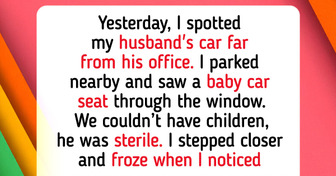20+ Moments That Remind Us That Kindness Costs Nothing but Means Everything

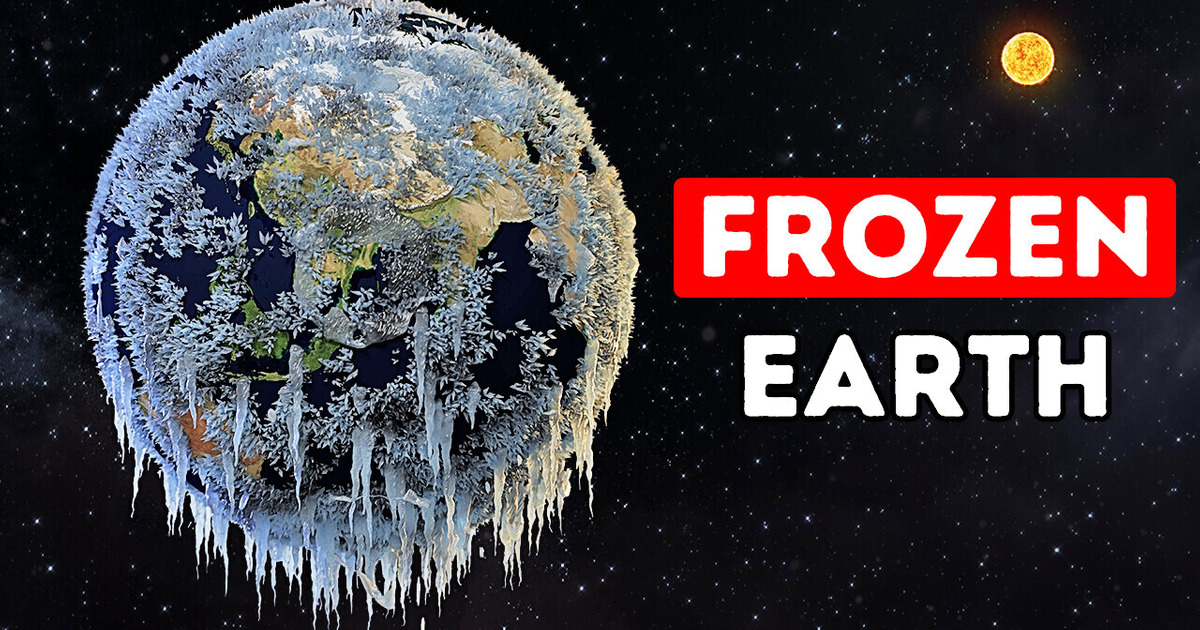
It’s becoming colder by the minute. The temperature drops below zero very quickly, and although there’s no snow, the cold is becoming unbearable. Hoarfrost appears on the ground, the grass and the trees, and ice forms on bodies of water at an incredible rate.
Shivering people all over the planet raise their eyes to the sky, and their jaws drop in disbelief: the Sun has become twice as small as it used to be. It now looks like a distant speck, and it won’t be able to heat the Earth any longer. But the worst thing is, there’s a huge, blazing rock coming right at the horrified spectators from the sky, and the impact with that thing will undoubtedly do a lot of damage.
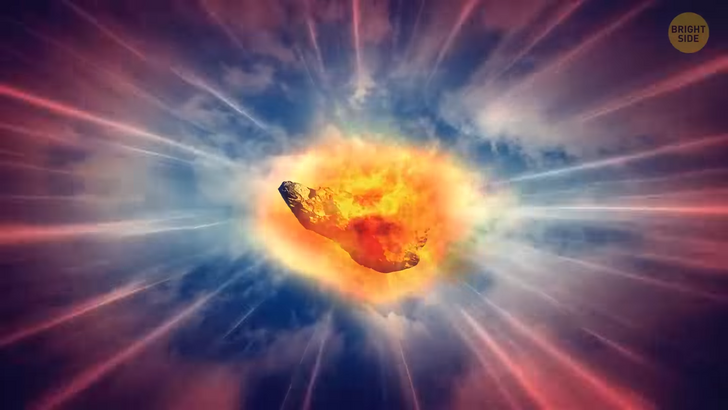
Okay, let’s go back to our objective reality. The Earth is exactly in the sweet spot of our Solar System. It’s neither too close nor too far from the Sun, making the temperature on our planet not just tolerable but rather pleasant. Scientists often call Venus, the second planet from the Sun, our Earth’s ’evil twin’, because it’s so hot and inhospitable that no life is possible on it. Of course, there are thick clouds in its atmosphere that rain acid and the greenhouse gases raise the temperature on the surface to unbearable values. But even if Venus didn’t have those, nothing would still be able to live there because of the proximity to the Sun. If there was any liquid water, it would evaporate too quickly, leaving life no chance to develop.
On the other hand, Mars, going next in line after Earth, is a bit too far away from the Sun, which makes it cold and lonely. The temperature on its surface is below freezing, and it never warms up enough for water to stay liquid for long. That’s not to mention the lack of atmosphere on the red planet — the element that provides the Earth with breathable air. So if our planet shifted closer to or farther away from the Sun, its temperature would either rise or fall respectively. A few hundred miles wouldn’t make much difference. The circling of Earth around the Sun is uneven anyway, and we constantly get nearer to our star or fly a bit away from it.
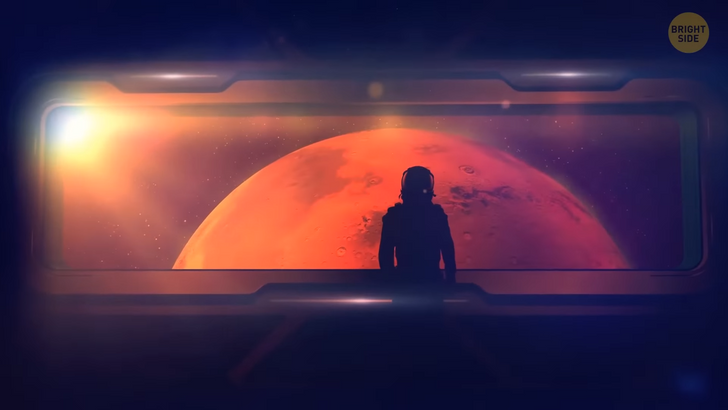
The distance that would matter is measured in millions of miles. And yeah, just like I showed you at the beginning of this video, we’d see the Sun a lot smaller than we do now if we went that far. The temperatures might not fall at the exact moment of the shift as there would still be some warmth left, but in the following winter, our planet would probably stay cold forever. The oceans would be covered with ice, and the overall sea level would drop. And ultimately, the ice would reflect more of the Sun’s heat back into the atmosphere and space, not allowing the surface of our planet to get the necessary warmth.
And more ice means less water vapor in the atmosphere. Water vapor captures heat, too, creating clouds, so the colder it is, the less rain. The cold and the lack of rain would not let any plants survive for long, so the areas of icy and barren landscape would grow fast, leaving only the areas along the banks of rivers intact — for a while. After some time, the rivers would stop running too, either frozen or dried out because of losing their sources: lakes and seas, which would, of course, freeze as well. Any life dwelling near them would disappear: plants first, and with them, everything else, since plants produce both food and breathable air. And with that, the Earth would become a frozen wasteland.
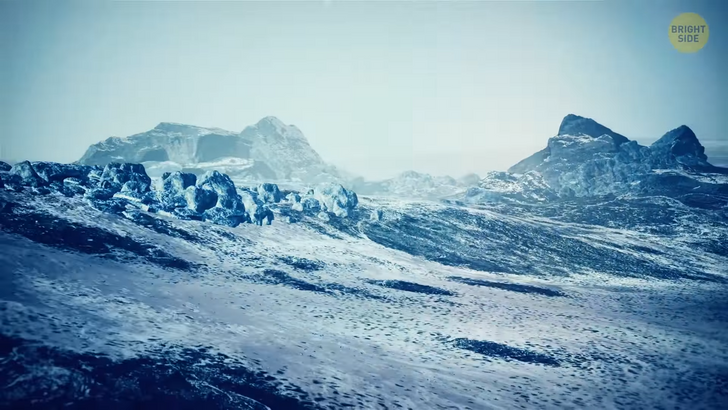
As for the giant blazing rock I mentioned, it was an asteroid coming from outer space because of the shift of our planet’s orbit. Jupiter, the largest planet in our Solar System, acts as a natural shield for us against space rocks. It has a huge mass, and most asteroids flinging from outer space get caught in its gravity and fall on its surface. There’s no life possible on Jupiter, and its surface is gaseous, so asteroids tend to disappear in it without a trace.
Still, some manage to get past Jupiter, where Mars comes into play. It also contributes to our defense by holding the asteroid belt between itself and Jupiter in place. The two planets’ combined mass creates a gravitational field that doesn’t allow the asteroids from the belt to fly in random directions, hitting everything in their path. If there was no Mars between us and the belt, we’d be used to meteor showers almost more than actual rains.
Say the Earth has replaced Mars in its orbit, and now we’re hundreds of millions of miles farther away from the Sun. The mass of the Earth is more or less similar to that of Mars, so the asteroid belt is still in its place. The temperatures will still fall, though, and life will soon go extinct. But if Mars stayed where it is, and the Earth just shifted away, it would be a recipe for disaster. There’s no chance the planets would orbit the Sun at the same rate because their mass is not equal. At some point, they would collide with each other. Taking their speed into account, they’d both crack and shatter, perhaps creating another asteroid belt in our Solar System.
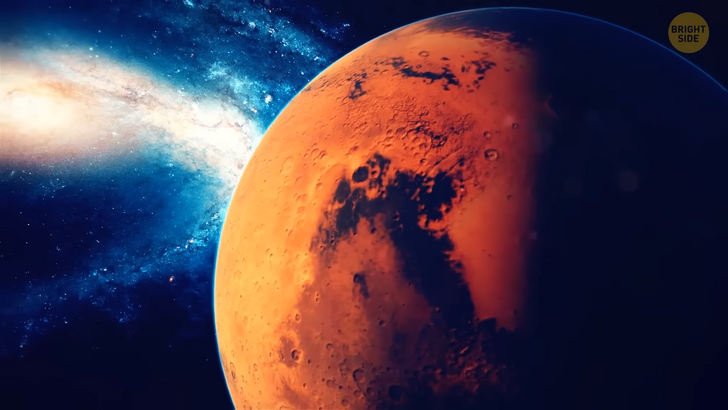
It would be no more hopeful for us if the Earth decided to jump closer to the Sun. Apart from the star seeming more like a giant pitiless blazing ball in the sky, its heat would melt the glaciers on our planet, making sea levels rise abruptly. The water would flood major parts of the continents, and more surfaces of the planet would be covered with water, which means more heat absorption. That would bring about a further rise in the temperature.
Also, those large bodies of water would evaporate like crazy, releasing tons of water vapor and carbon dioxide into the atmosphere. Carbon dioxide is a greenhouse gas that absorbs heat, and so does water vapor. Together, they would trap more and more of the Sun’s warmth, creating thick, roiling clouds in the sky, almost like on Venus but without the acid. And that thick blanket of clouds would also contribute to heating the surface of our planet.
In the end, the entire Earth would heat up so much that life on its surface would become unbearable for most. Only the sturdiest of creatures would be able to survive temperatures so high — those that dwell in our deserts, for example. Despite the rainfall, which wouldn’t cease as in the cold scenario, plants would still have difficulty adapting to the new and hot environments. The ones in the cooler regions of the planet would be the first to wilt and go, but then plants from the moderate and finally tropical climes would also give up. And yet again, the Earth would turn into a barren ball of rock, only this time an overheated one rather than frozen.
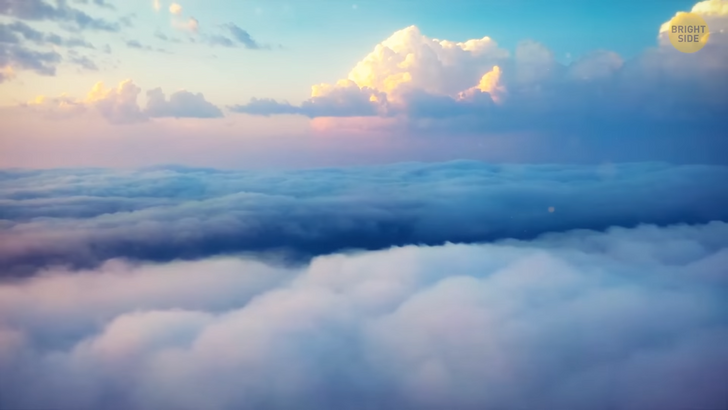
Our planet’s distance from the Sun, its tilt, its speed of rotation around its own axis, its orbit around the Sun, and even the presence of the Moon in its skies — all of that is crucial for life on Earth to exist. For instance, if the planet wasn’t tilted relative to the Sun, it would be unbearably hot on the equator and impossibly cold at the poles. The seasons would also stop changing, dividing the Earth into strips of endless summer and winter.
Our planet is heated up evenly from all sides with the current tilt and rotation like you would roast a barbecue. It turns to the Sun with one side to warm it up while the other cools down during the night. Were there no change of night and day, we’d probably only live in some areas of our planet where constant, never-ending twilight would be. Just imagine our life without those beautiful sunrises and sunsets! Maybe we’ll just let it stay as it is, okay?









